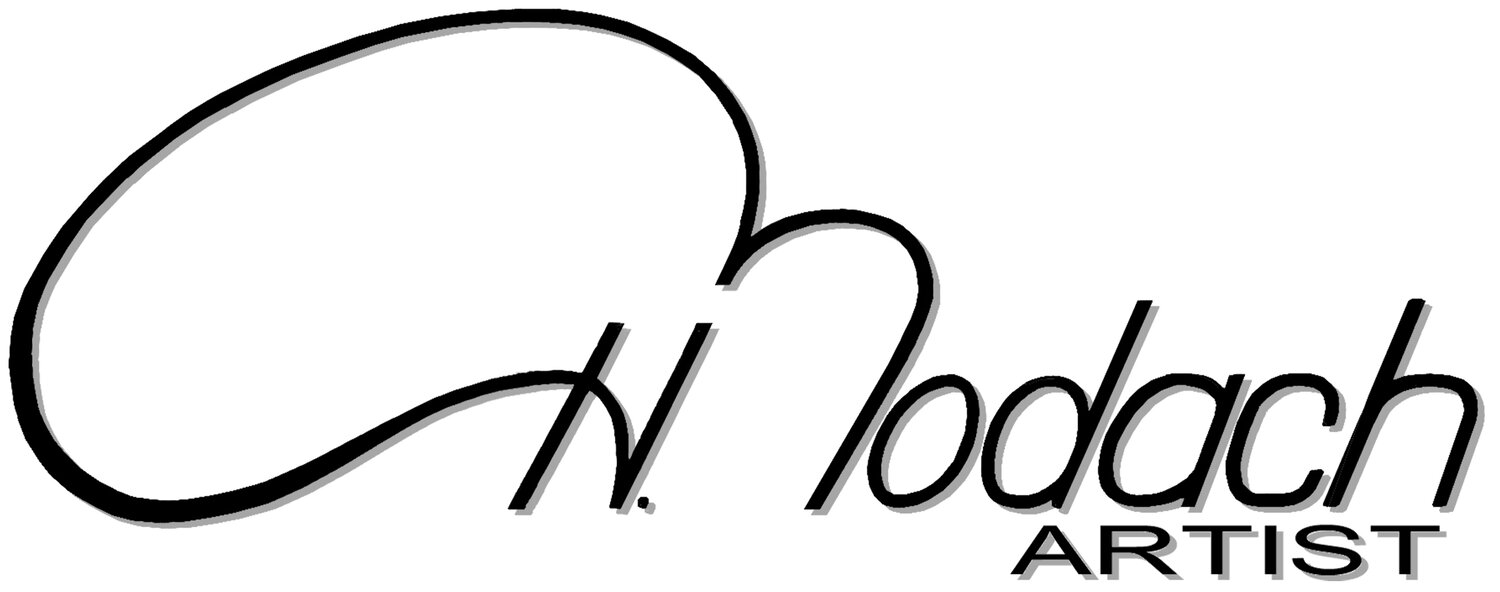
ART COMMISSIONS
TERMS & CONDITIONS
THE ART OF
HARVEY BODACH
A CANADIAN LANDSCAPE AND WILDLIFE ARTIST
COMMISSIONING ART:
Commissioning art is the process of hiring an artist to create an original artwork, based on the client’s request. There are many reasons why people commission artworks. They have a favorite place they have visited or a memorable experience that they want to immortalize in a work of art. Sometimes, the piece they have seen and love by the artist is too large or too expensive, therefore the client is likely to request a smaller or more affordable version of the work of art.
COMMISSIONING CONTRACT:
The description of the project:
The contract should start with a loose description of the requested artwork by the client. This can first start by the client submitting the completed information on the CONTACT TO PURCHASE FORM on the artist’s website and arranging for sit down discussion. Subsequent discussions will follow in order to solidify the direction the artwork will take. Some considerations to consider at this time are (the size, colors, materials, mediums, subject matter, and other details of the composition). The client needs to understand that the artist requires creative freedom even when doing commissioned artwork. A signed contract of the project is then completed which acknowledges a clear understanding from both the client and artist perspectives. This contract will contain important details of project, a time line for it’s completion and payment schedule.
Creative Process:
This is where the artist and client try to work out important details of the project and come to an agreed concept. An example might be a client wanting a portrait of their favorite animal in the wild, a pet dog or a horse. The artist may ask at that time for several clear original images of the animal. It is very important that these photos offered by the client for commissioned work not infringe copyright laws protecting the original photographer. The next step is when the artist and client arrange for visual updates on the project, like visual drafts, studies, progressive photos, etc. High-resolution images are great for two-dimensional works, but videos are more useful with sculptures, as they show the piece from every angle. It should be stressed that the artists drafts, studies and photos produced while project is progressing are considered original artworks by artist as well and are sold separately from the original art. It protects the artists rights under copyright laws. This language needs to be stated clearly with a contract as well.
Payment Agreement:
Most artists will request a 50:50 payment structure, requiring you to pay 50% up-front and the rest when the artwork is finished. Paying in advance is important, as it allows the artist to purchase materials, and cover the initial expenses. In order to elaborate on the price, the artist will probably list the prices of other pieces, as a point of reference. The agreed price will be recorded within the contract in Canadian currency.
Shipping Strategy:
Now when the artwork is completed, delivery options need consideration. Depending on location of the client, artwork can either be picked up or shipped out. Options should be discussed at an early stage of production when possible with the client to ensure that the artwork ordered arrives safely to its location. It may be that the client may choose to make those arrangements. If the commissioned artist is given the choice, the best option will always take into consideration both protection and costs involved when delivering original artwork to client. Commissioned orders which come in from another country will result in additional costs, like taxes, customs charges, import duty, and VAT. Since shipping can be complicated, it best that both client and artist come to an agreement before hand so there are no surprises.
Timeline:
The timeline should contain time estimates for every part of the creation process. This should apply to both small and large commissions. Included in the production process is a payment schedule, deadlines for drafts and compositional previews (with client approval), and the time when commission is both completed and delivered. Progress reports offered by commissioned artist need to be signed off by client which are helpful in building confidence for both parties and helpful in avoiding misunderstandings.
Copyright:
It’s important to mention that even when you purchase a piece, artists still retain legal rights to the commissioned art as well any drafts or studies made for it during production process. Most artists will want to include an image of the artwork in their portfolio or website and sometimes, artists will ask to borrow their art pieces for an exhibition or limited reproduction purposes. If there’s a reason why you don’t want the art piece to be featured on the artist’s website (for example because it’s a very private portrait of your loved one or a portrait of your house), that will need to be clarified when writing up the contract.
